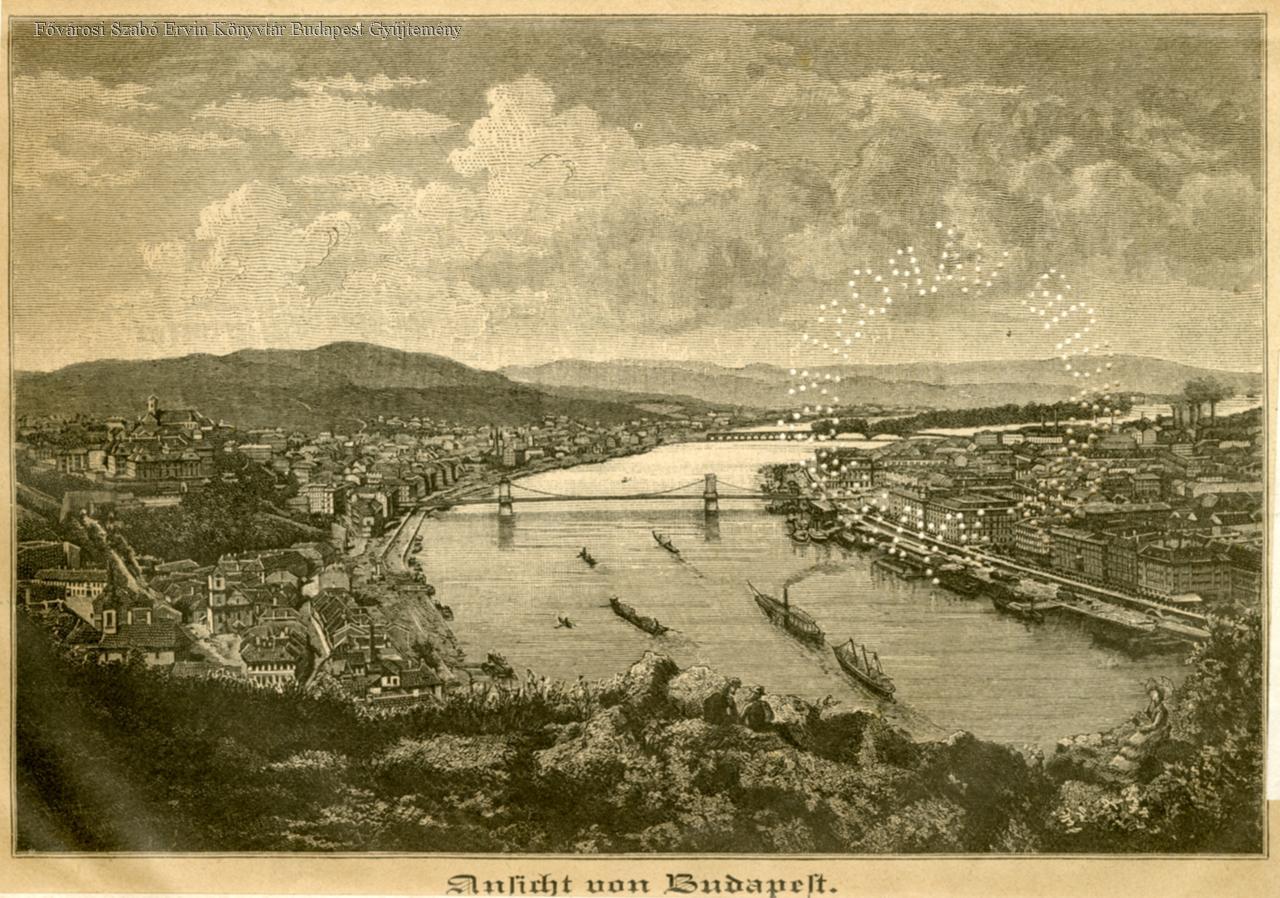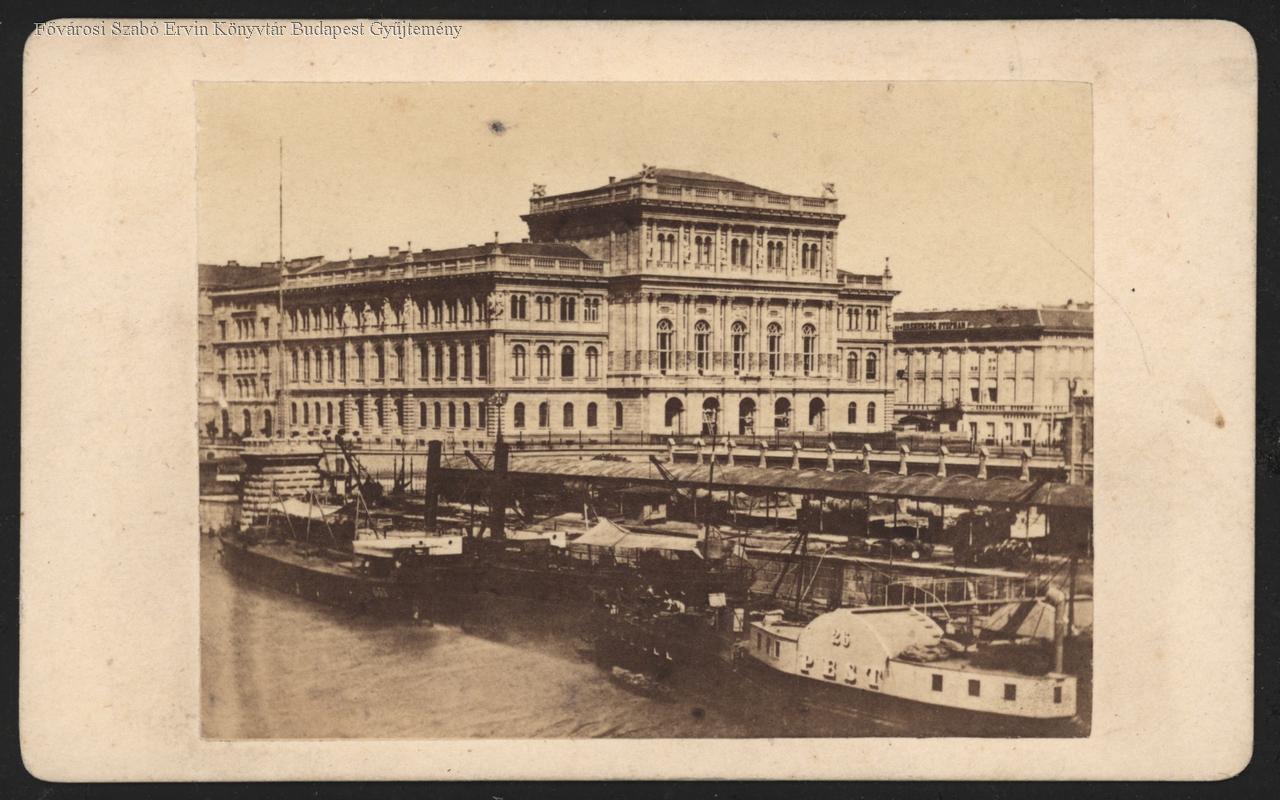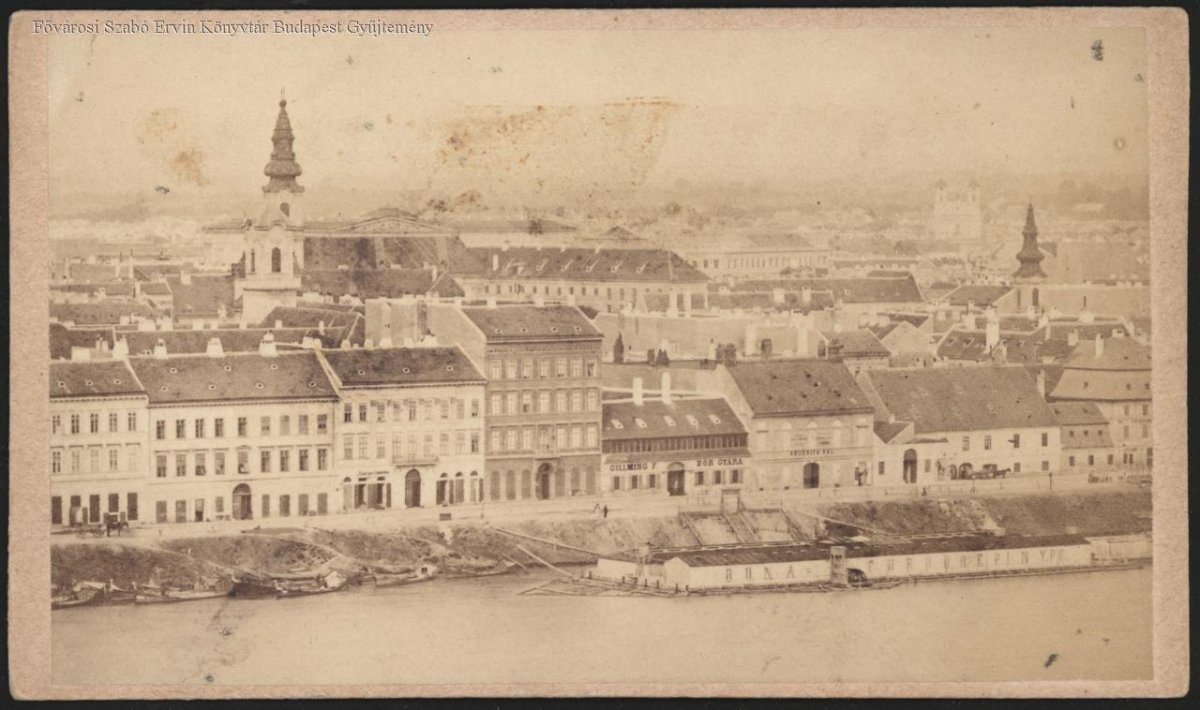In 1872, the city of Pest faced huge changes. On the one hand, this was the last year when the city still existed as an independent settlement, since it was merged into unified Budapest in 1873. Pest was not a big city, in fact it consisted of today's inner city and Kőbánya, the built-up area reached only in a few places to today's Hungária Boulevard.
In 1873, the Statistical Office of the city of Pest published the publication Az 1872. évi pesti építkezések [Constructions in Pest in 1872], the work of József Kőrösi, from which a lot of interesting information can be gleaned from the last year before the unification of the city. We already wrote on PestBuda that the housing conditions in Pest at that time were not good, in fact most of the apartments were overcrowded and unhealthy. The demand for newer and newer apartments was constant, and they were building in great force in Pest. We get an interesting picture if we review what kind of houses and apartments were built in Pest at that time.

The skyline in the 1880s was a little more urban (Source: FSZEK Budapest Collection)
In 1872, a total of 538 construction sites were under construction in the city, of which 453 were residential buildings. The statistics also show that fewer, only 407, residential buildings were built in the city in the previous year. Not all of the constructions were new constructions, as there were many heightenings, additions and conversions. In 1872, the city grew with a total of 206 new residential buildings, while 51 old buildings were demolished. At that time, there were only 5,699 buildings in the entire city, including all buildings, such as the 28 stables built in 1872, 14 summer residences, 13 workshops, 8 factory buildings, a barrack hospital and a water tower. Kőbánya and Józsefváros grew the most, and most new houses were built in these two districts. At that time, the outer parts of Józsefváros still belonged to the suburbs, and many workers' apartments were built here, just like in Kőbánya.

The 5,699 buildings also included such as the Hungarian Academy of Sciences (Source: FSZEK Budapest Collection)
In addition to the number of houses, the number of living rooms was decisive, because at that time it was also an advantage if only one family lived in one room. József Kőrösi wrote the following about this:
"The most rooms were created in Terézváros, i.e. 2,205; it is followed by Józsefváros with 1903 rooms, the inner city with 852 rooms, Lipótváros with 744 rooms, Ferenczváros with 642 rooms and finally the outskirts and Kőbánya with 527 rooms. Therefore, while the lion's share of newly built houses and plots of land falls on Kőbánya, this part of the city is also the one that has the least number of rooms; on the other hand, the inner city, which ranks second to last in terms of the number of newly built houses, due to the fact that almost all large houses were built there, represents 12% of the newly built rooms."
The majority of the rooms had a courtyard window, i.e. they did not face the street front, but an inner courtyard, and there were more and more such buildings in the city. Kőrösi described it as follows:
" Among the individual districts, the Inner city, Lipótváros and Ferenczváros are the ones in which street rooms still predominate, while in the other districts, courtyard rooms are more common. If we look for the ratio of street and courtyard rooms, we find that for every 100 street rooms, there were 86 in the inner city and Lipótváros, 111 in Terézváros, 107 in Józsefváros, 84 in Ferenczváros, and finally 405 courtyard rooms in the outlying areas and Kőbánya.
Among the apartments, there were many basement apartments, 6.3 percent of the total. The authorities tried to curb the development of these basement apartments, in 1873 a decree was passed stating that only those basement apartments or workshops can be built where half of the interior height is above ground level.

However, two-thirds of the buildings still only had a ground floor, just like the former Két pisztoly inn on today's Kálvin Square, which was demolished in the early 1870s (Source: FSZEK Budapest Collection)
In addition to being small, Pest was largely a single-floor city, i.e. it had relatively few multi-storied buildings, but following the construction of 1872, it was enriched with 162 new one-storied buildings. The small-town character is well illustrated by the comparison published in the publication about how Pest stands compared to other European cities. This shows that while in Pest in 1872, 69 percent of the buildings had a single floor, in Berlin this ratio was only 5 percent, in Paris 8 percent, and in Vienna 17 percent. There were only 34 four-story houses (there were none taller) in Pest.
The city therefore developed and grew, but it was still far behind the European capitals, Vienna or other big cities. In the year presented by the statistics, 1872, the authorities already consulted on the development of a unified Budapest, and it was then that the regulatory plan to which we owe metropolitan Budapest was born.
Cover photo: The city skyline in the 1860s (Source: FSZEK Budapest Collection)




































Hozzászólások
Log in or register to comment!
Login Registration